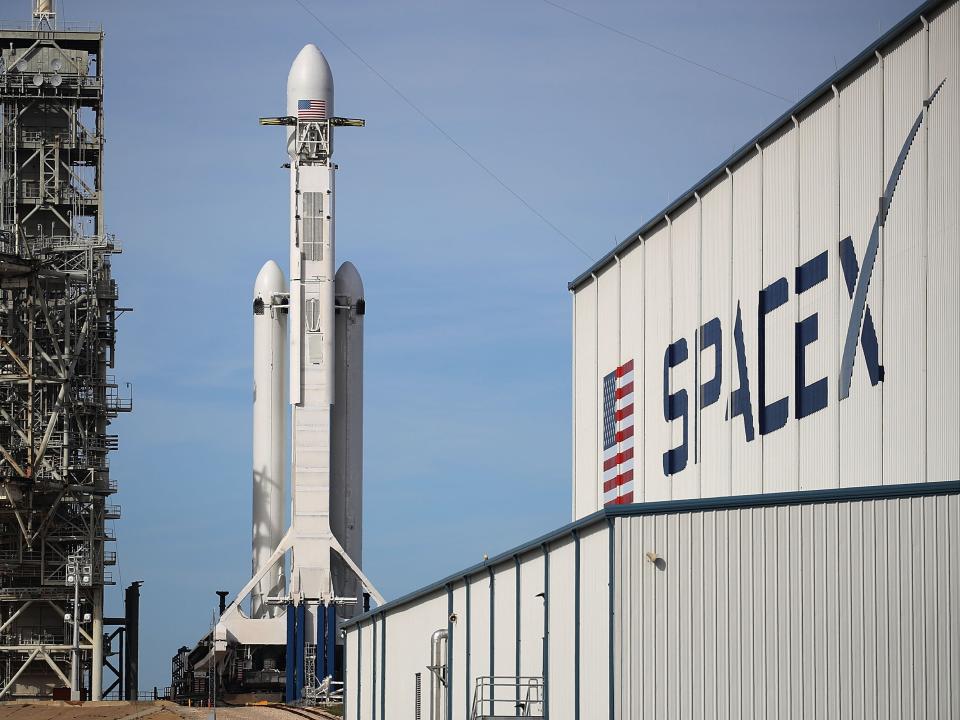Elon Musk's Mars rocket ready for 15km flight after test success

Elon Musk’s space company, SpaceX, has tested three Raptor engines firing together, testing its Starship rocket for a future flight.
The test of the Starship prototype, known as SN8 or Serial Number 8, takes it one step closer towards a 15 kilometer test flight that is set to happen later this month or in early November.
The test took place at 3:13am local time in South Texas, and although the company did not immediately confirm the results it appeared successful.
While SpaceX has conducted a number of Static Fire tests with these prototypes, it is the first time three Raptors have been fired together.
They produced a large fireball, indicative of a ‘preburner’ ignition test, Teslarati reports.
The Raptor relies on a ‘full-flow staged combustion’ cycle (FFSC). The benefits of these cycles are that the turbines run cooler and at a lower pressure, which means the engines have a longer lifespan and a higher reliability.
However, it is more complex to engineer two preburners compared to a single-shaft combustion cycle.
The Raptor’s combustion needs to ignite oxygen and methane in the combustion chamber, with challenges coming from turning the liquid methane and oxygen into hot gas immediately.
This means that SpaceX has usually tested each engine’s preburner separately before the engine ignition test; this new test is SpaceX’s first multi-engine ignition event for the Raptors.
Moreover, its use of liquid oxygen and methane propellant means, should it reach a future Mars mission, it would be able to use resources from the Red Planet to return to Earth or continue further into space, Inverse reports.
The vehicle will have six Raptor engines when it is completed; three optomised for thrust at sea-level, and three more with bigger nozzles which are designed to move the craft through the vacuum of space, according to Ars Technica.
Work is now continuing to develop the SN8 so that it would be capable for a higher flight. SpaceX needs to add a nose cone and flaps to the tank system, making the vehicle look closer to its final form.
Eventually it should be able to reach altitudes of 20 kilometers.
In September, SpaceX also tested SN6 and SN5 prototypes. The SN6 lifted off from a launchpad and flew 150 metres before landing on a separate pad at SpaceX’s Boca Chica facility.
“Starship SN6 flew a similar hop to SN5, but it was a much smoother and faster operation,” Musk tweeted at the time. “Turns out you can make anything fly haha.”
The spacecraft will eventually be able to carry up to 100 people and will be used to ferry astronauts and cargo around the Solar System, according to Musk.
Musk has also claimed that the ship could land on the Moon as early as 2024, which is when Nasa’s Artemis mission is set to put the first woman on the moon.
Read more
Elon Musk's SpaceX launches controversial Starlink satellites
Elon Musk’s SpaceX adds mysterious October rocket launch
Tom Cruise to fly to space with Elon Musk’s SpaceX for new film

